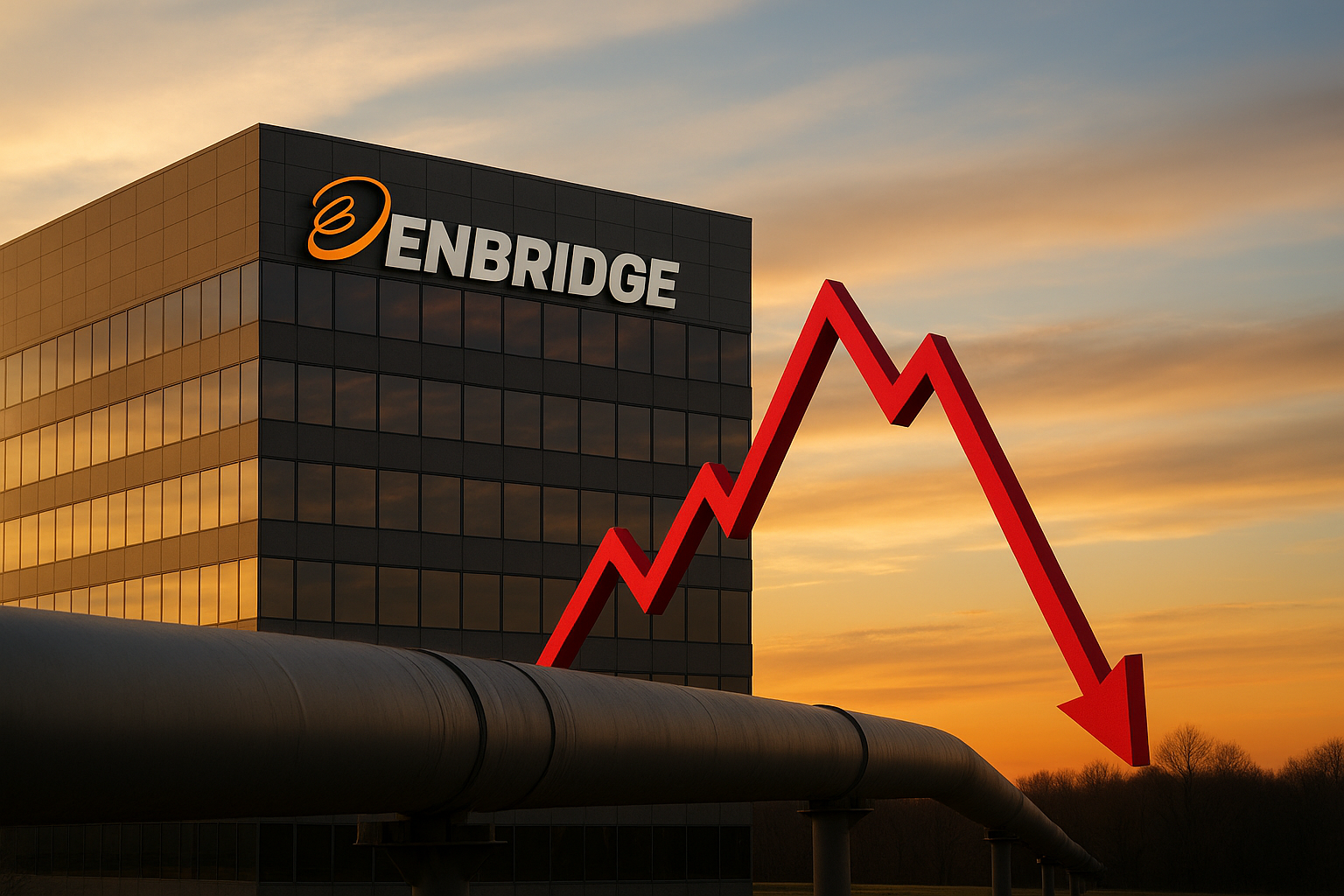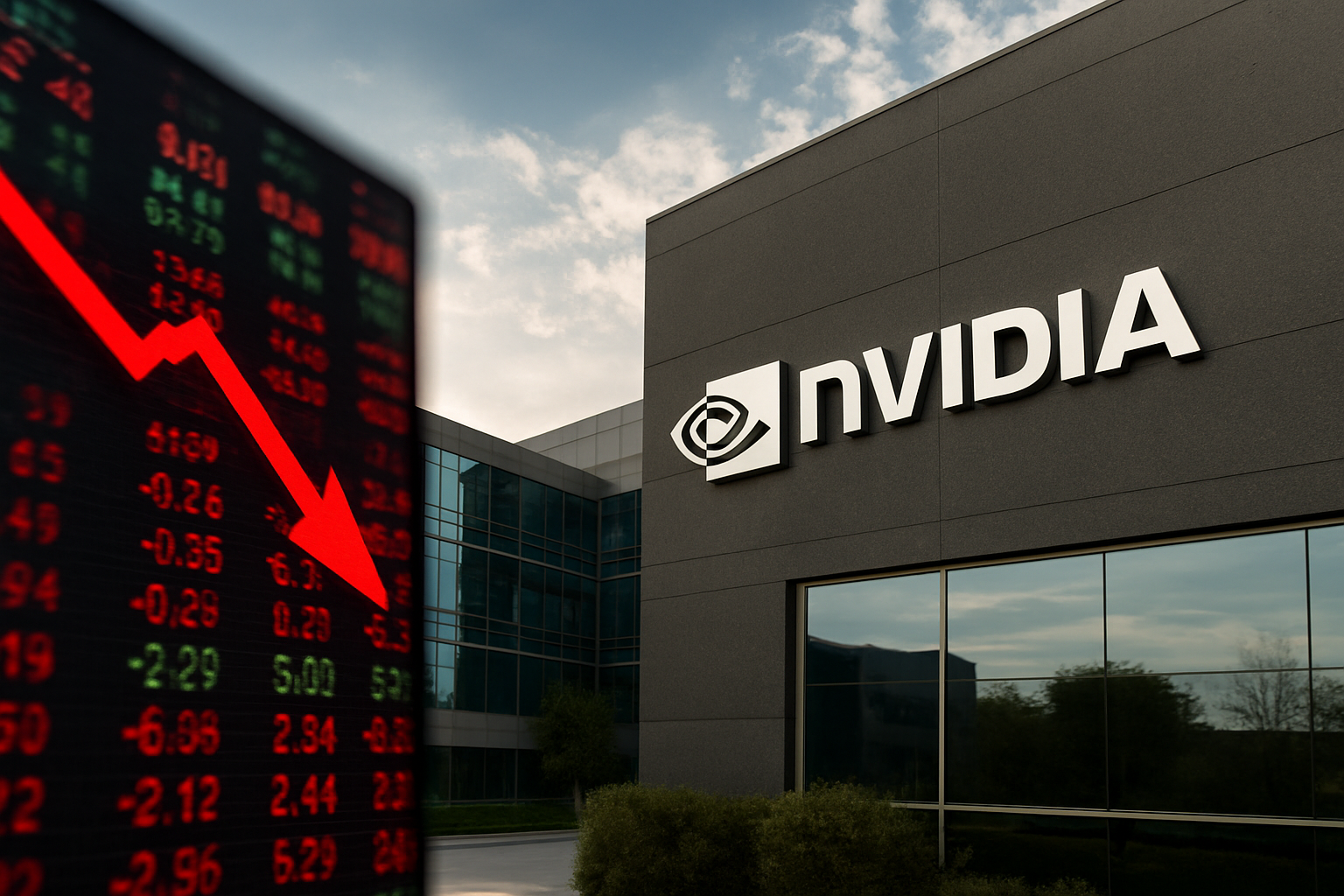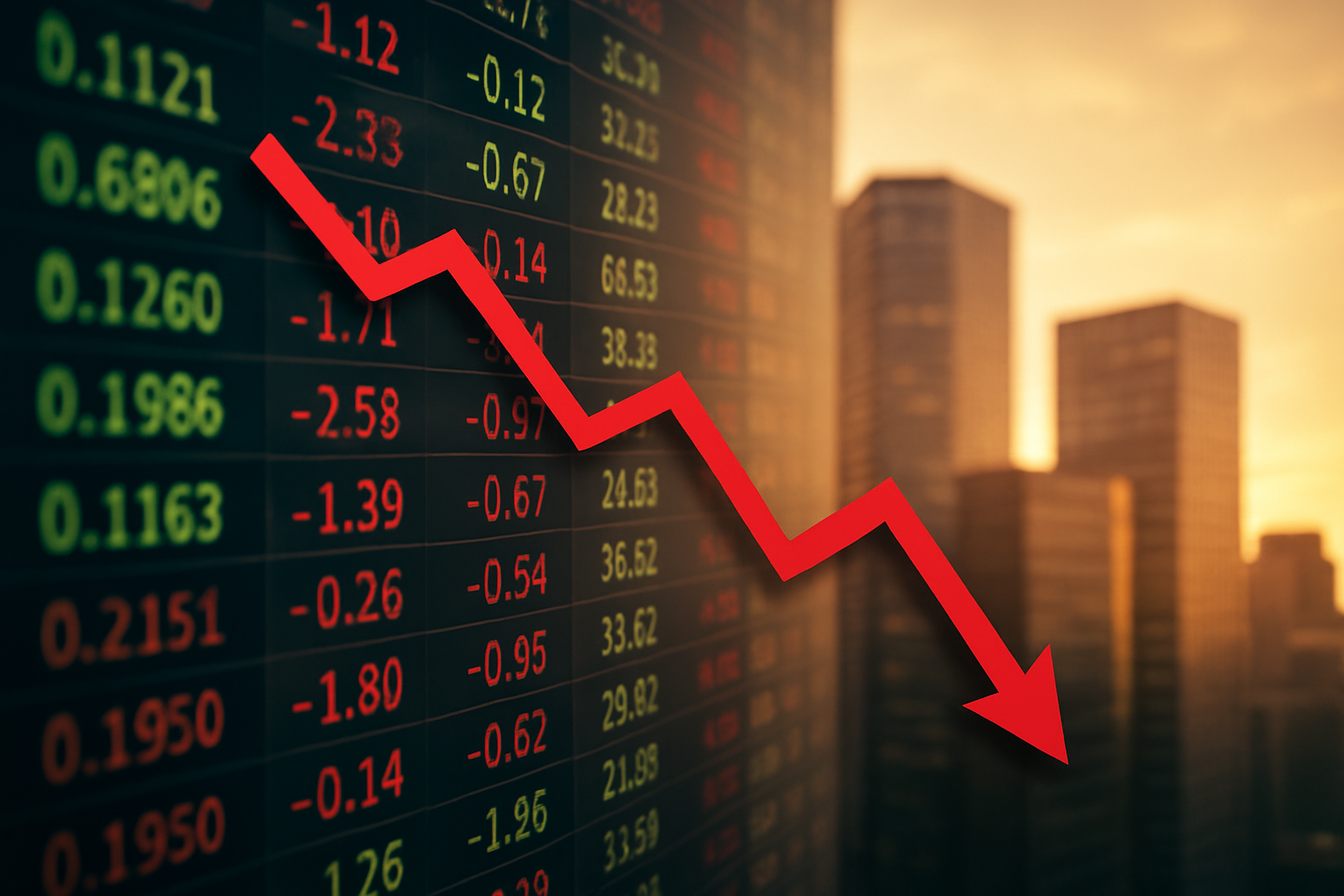Investors tracking the rapid evolution of artificial intelligence woke up today to one of the biggest infrastructure announcements of the year. Anthropic and Microsoft — two major forces in the AI race — have each unveiled massive multi-billion-dollar U.S. data-centre expansions, signalling that the AI compute boom is not slowing down despite broader market uncertainty. For a market increasingly driven by AI hardware demand, power constraints, and cloud-infrastructure bottlenecks, this move is a major confirmation: the next phase of the AI arms race will be won through physical infrastructure, not just algorithms.
According to reporting from ConstructConnect and supported by industry updates across Reuters and Bloomberg, Anthropic plans to inject US$50 billion into new compute campuses dedicated to training and deploying frontier AI models. Microsoft, meanwhile, is expanding new hyperscale data-centre regions in Atlanta and Wisconsin, adding to its already substantial U.S. cloud footprint. These parallel announcements underscore a clear shift — AI giants are aggressively scaling the backbone needed for the next generation of large-scale autonomous systems.
AI Infrastructure Becomes the Next Strategic Battleground
The timing of these investments is not incidental. Demand for AI computing power has skyrocketed, driven by model sizes doubling every few months and enterprise adoption accelerating across finance, healthcare, logistics, and industrial automation. Analysts at McKinsey and Goldman Sachs estimate that global AI-related capex could exceed US$1 trillion by 2030, with data-centre capacity becoming a primary constraint.
Anthropic’s new expansion is expected to deliver next-generation compute clusters optimized for high-density GPU and AI accelerator workloads, possibly powered by next-generation Nvidia, AMD, and emerging custom chips. Microsoft’s parallel buildout aligns with its long-term partnership with OpenAI and its strategy of maintaining the world’s largest public cloud AI platform.
Notably, energy consumption is emerging as a focal point. The International Energy Agency (IEA) projects that data-centre electricity demand in the U.S. could rise by 160% by 2030, a trend reinforced by hyperscalers’ accelerated buildouts. This means AI expansion is increasingly tied to U.S. power markets, utilities, and grid-modernization programs — a theme that investors can no longer ignore.
Why This Matters for Investors
The scale of these announcements presents both opportunity and risk across multiple investment layers:
1. The AI Supply Chain Will See Continued Pressure
Every additional U.S. data-centre requires:
- Thousands of GPUs or accelerators
- High-capacity cooling systems
- Advanced fiber-optic networks
- Massive electrical infrastructure upgrades
Companies across semiconductor manufacturing, cooling tech, electrical-equipment providers, data-centre REITs, and grid-modernization firms are positioned to benefit. Names in the power-equipment sector, industrial electrical suppliers, and hyperscaler-adjacent infrastructure firms stand to see multi-year tailwinds.
2. Power Utilities Become Silent AI Winners
With data-centre electricity use increasing, U.S. utilities in fast-growing states like Georgia, Texas, and Virginia could see rising industrial demand. Several analysts have warned that AI data-centres could become the largest single incremental driver of North American electricity demand between 2025–2035.
Investors should watch utilities with:
- Upcoming grid-expansion plans
- Exposure to regions with data-centre growth
- Strong balance sheets enabling long-term capex
3. Risk of Overbuilding Remains Real
While demand for AI compute is strong today, some analysts caution that hyperscalers may be entering a period of capex overheating. If global AI workloads fail to scale as aggressively as forecasted — or if enterprises slow purchases amid an economic downturn — these massive investments could create temporary supply gluts.
Microsoft’s and Anthropic’s announcements show commitment, but they also highlight exposure: high-capex cycles always carry timing risk.
Trends to Watch Moving Forward
AI Compute Inflation
Chip prices, cooling systems, and power-distribution equipment remain highly elevated. If supply chains remain tight, the cost of building and operating these campuses could continue rising.
Shift Toward Energy-Efficient AI
New interest in “AI efficiency models” and low-power architecture could shape the next hardware generation, potentially impacting demand for high-end GPUs.
Regulatory and Environmental Considerations
Water usage, energy load, and zoning regulations for hyperscale data-centres are under greater scrutiny. States with business-friendly climates may continue to attract hyperscaler expansion.
Competition Among U.S. States
As Microsoft expands in Atlanta and Wisconsin, expect competition for tax incentives, utility partnerships, and workforce training programs to intensify.
Key Investment Insight
The multi-$50 billion infrastructure push from Anthropic and Microsoft is not simply an expansion — it’s a statement. AI will increasingly become a physical-infrastructure story, where investors who understand the hardware, energy, and supply-chain layers may outperform those focused solely on software narratives.
Opportunities lie in:
- Power utilities
- Data-centre REITs
- Semiconductor and cooling-technology suppliers
- Electrical-grid modernization companies
- AI-infrastructure logistics and construction firms
Caution is warranted around:
- Overextended high-growth AI equities
- Companies reliant on uninterrupted demand for AI training workloads
- Firms exposed to potential regulatory delays
Stay ahead of fast-moving AI-infrastructure trends by following daily coverage on MoneyNews.Today, where we break down the stories shaping tomorrow’s markets.





